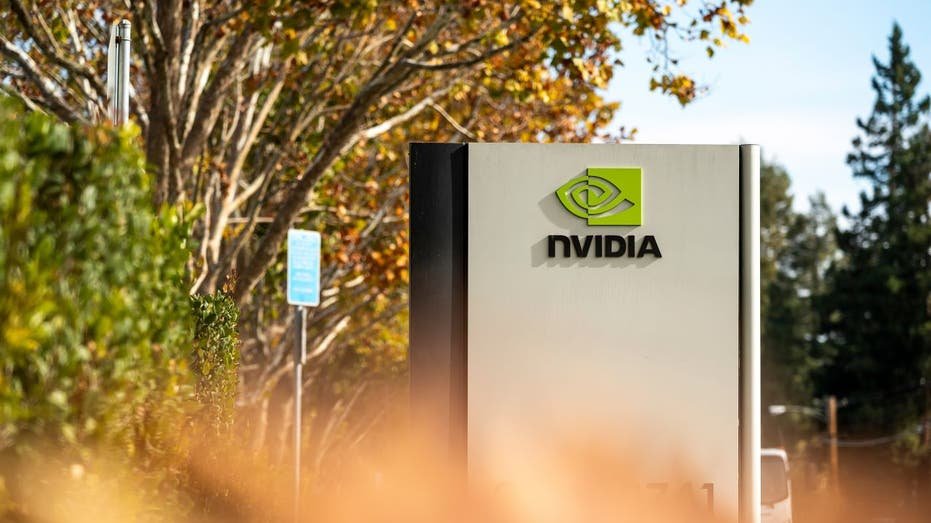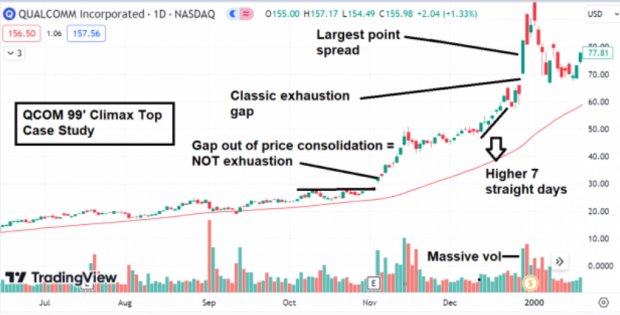Savvy investors know that growth isn’t everything. After all, if a company grows but earns subpar returns on capital, that can actually destroy shareholder value. This is why return on invested capital (ROIC) is such an important metric, favored by the likes of Warren Buffett and his late partner, Charlie Munger.
Currently, there’s a big debate as to whether the massive investments in artificial intelligence (AI) infrastructure will generate their anticipated payoff. In their first-quarter earnings reports, most tech giants noted a massive increase in capital expenditures for AI infrastructure.
Except for Buffett’s largest stock, Apple (NASDAQ: AAPL). In fact, Apple’s capital expenditures went down in the six months ended March 30 relative to the previous year.
That is not to say that Apple is shying away from AI. It’s just that Apple has a big competitive advantage that allows it to pursue AI services more efficiently than others.
Apple Intelligence uses Apple’s homegrown models…to a point
At its developers conference on June 10, Apple revealed Apple Intelligence, a slew of AI capabilities it’s infusing into its products. Not much at the conference seemed revolutionary, but many services appeared very practical, such as an enhanced Siri assistant, quick retrieval of information and/or photos in the iPhone via voice command, summarization capabilities in Notes, and other time-saving tools.
Most of these new applications can be handled on the devices themselves, powered by Apple’s power-efficient chips. For larger AI apps that need data sent to the cloud, Apple developed its own service it calls Private Cloud Compute. The new private cloud will utilize Apple’s proprietary privacy protocols and its own custom silicon in servers, with the same architecture used in its M-series chips.
While some of the training for Apple’s in-house models occurred both at Apple and with the help of Alphabet‘s (NASDAQ: GOOG) (NASDAQ: GOOGL) Google Cloud, inferencing can likely be done with regular central processing units (CPUs), which Apple has been making for its PCs for some time now.
Of course, to benefit from the most comprehensive models out there with the most leading-edge capabilities, Apple would require the computing power of top AI companies using the very largest public clouds. This would entail Apple either paying a hefty check to its rivals, risking customer data, or spending tens of billions of dollars on Nvidia‘s graphics processing units (GPUs) to build its own AI training platform.
Yet, Apple’s massive competitive distribution advantage has afforded it a third option — one that could turn a potential up-front cost into an immediate source of revenue and profit.
Apple’s installed base is a massive advantage. Image source: Getty Images.
The deal with OpenAI and others
To get around the problem of offering the best AI models without having to invest in them directly, Apple has simply invited the leading model-builders to participate on the Apple Intelligence platform. Already, Apple inked a deal with AI start-up OpenAI, the builder of the revolutionary chatbot, ChatGPT. Apple has also said it wanted to offer Google’s Gemini model as well.
Then, a June 23 Wall Street Journal article reported that Apple was also in talks with two other popular AI start-ups, Anthropic and Perplexity; and Meta Platforms (NASDAQ: META), which will likely host its Llama models on Apple Intelligence. While Bloomberg has since reported that Meta and Apple called off their talks due to Apple’s concerns over Meta’s privacy practices, it does appear multiple large language model (LLM) providers remain in talks to join OpenAI on Apple Intelligence.
Apple won’t pay anything and will earn revenue from subscriptions
According to the WSJ article, Apple will not only get OpenAI’s capabilities for free but also stands to earn revenue from the partnership. OpenAI’s strategy is likely to obtain users and eventually convert some to premium subscriptions with greater AI capabilities.
When OpenAI gets a new premium subscription from the Apple Intelligence platform, Apple will likely get a cut of the revenue, as it does with all apps sold on its its App Store. The WSJ quotes Deepwater Asset Management’s Gene Munster as estimating that 10% to 20% of Apple Intelligence users could opt in to a premium OpenAI subscription.
“Distribution at scale”
The WSJ also quotes Munster as saying, “Distribution is hard to get. … The beauty of what Apple has built is that you’ve got this engaged distribution at scale.” While Apple only has just under 20% of the smartphone market share globally, it accounts for nearly 60% of the coveted U.S. smartphone market, according to Oberlo.
Given its unmatched distribution to high-spending users, one imagines Apple will at least be able to land LLM partnerships with all major start-ups that would have a hard time ramping their own distribution engines, like Anthropic and Perplexity. And given that Google already pays over $20 billion to Apple every year to keep Google search the iPhone’s preferred search engine, it’s not hard to imagine Gemini showing up on Apple Intelligence in short order.
Thanks to its massive distribution powers, Apple can partner and actually make profits rather than spend billions on leading-edge AI capabilities. That reach also affords Apple the ability to take its time with technology development rather than being the first out with the latest and greatest model.
The recent LLM start-up deals for Apple Intelligence demonstrate the power of Apple’s incredibly valuable installed base of engaged users and why it has been able to earn extremely high ROIC over the years. No wonder it’s Warren Buffett’s largest holding.
Should you invest $1,000 in Apple right now?
Before you buy stock in Apple, consider this:
The Motley Fool Stock Advisor analyst team just identified what they believe are the 10 best stocks for investors to buy now… and Apple wasn’t one of them. The 10 stocks that made the cut could produce monster returns in the coming years.
Consider when Nvidia made this list on April 15, 2005… if you invested $1,000 at the time of our recommendation, you’d have $757,001!*
Stock Advisor provides investors with an easy-to-follow blueprint for success, including guidance on building a portfolio, regular updates from analysts, and two new stock picks each month. The Stock Advisor service has more than quadrupled the return of S&P 500 since 2002*.
*Stock Advisor returns as of June 24, 2024
Randi Zuckerberg, a former director of market development and spokeswoman for Facebook and sister to Meta Platforms CEO Mark Zuckerberg, is a member of The Motley Fool’s board of directors. Suzanne Frey, an executive at Alphabet, is a member of The Motley Fool’s board of directors. Billy Duberstein and/or his clients have positions in Alphabet, Apple, and Meta Platforms. The Motley Fool has positions in and recommends Alphabet, Apple, Meta Platforms, and Nvidia. The Motley Fool has a disclosure policy.
The views and opinions expressed herein are the views and opinions of the author and do not necessarily reflect those of Nasdaq, Inc.











